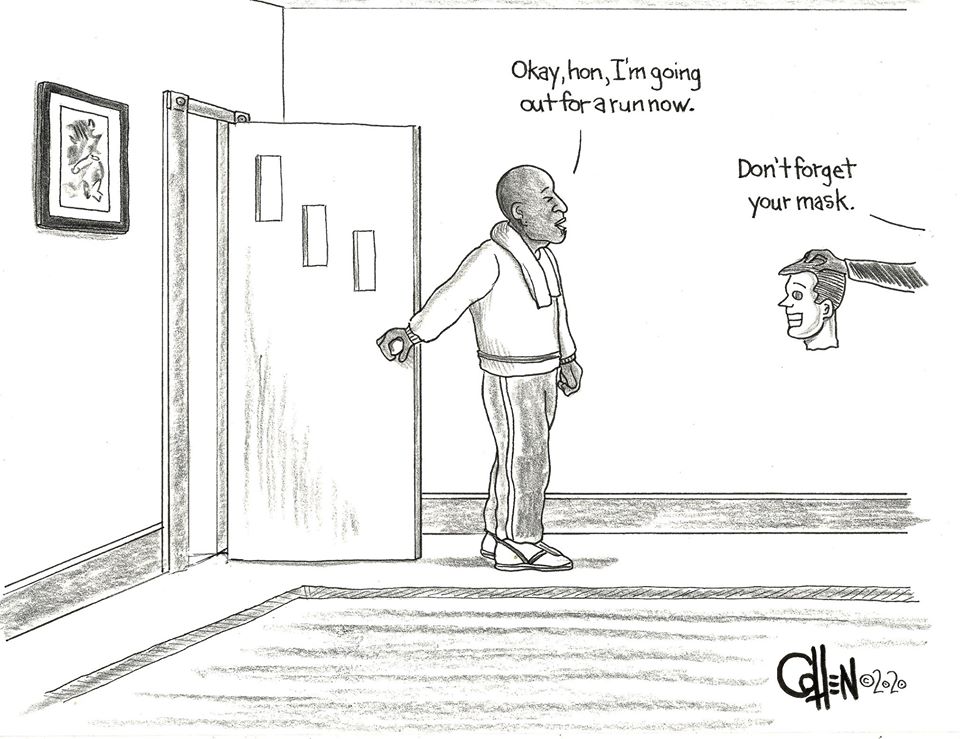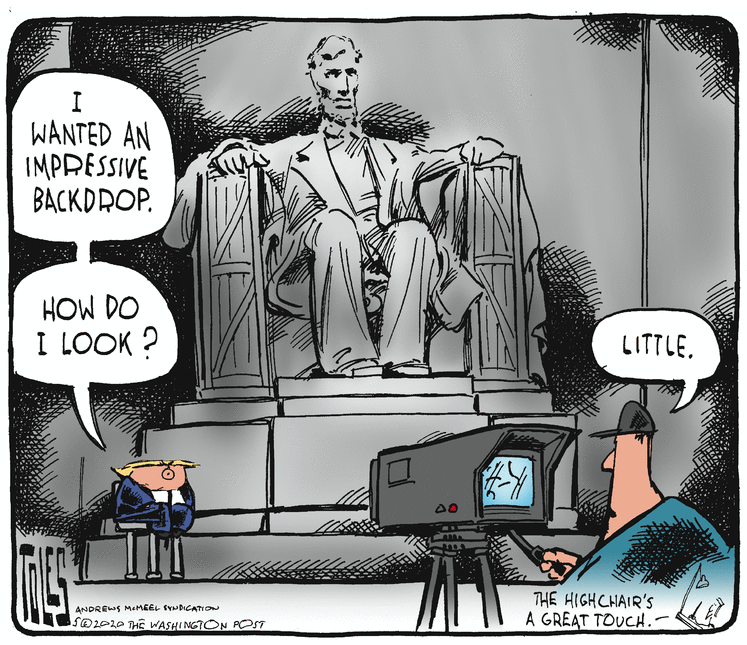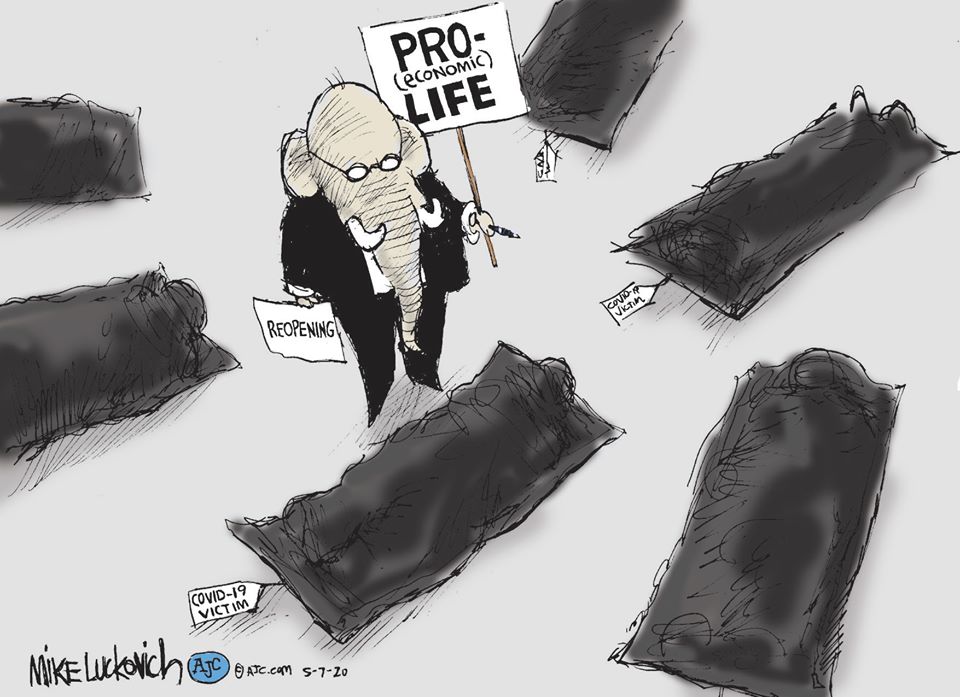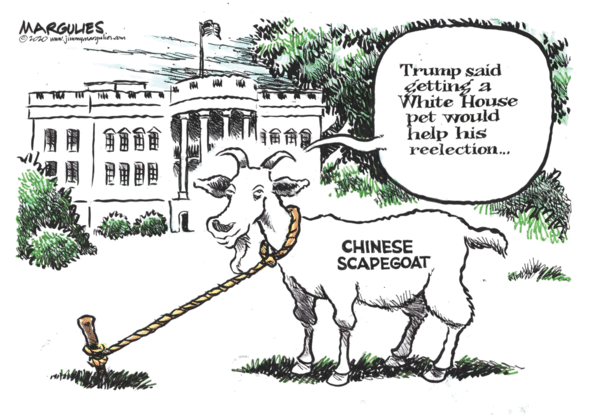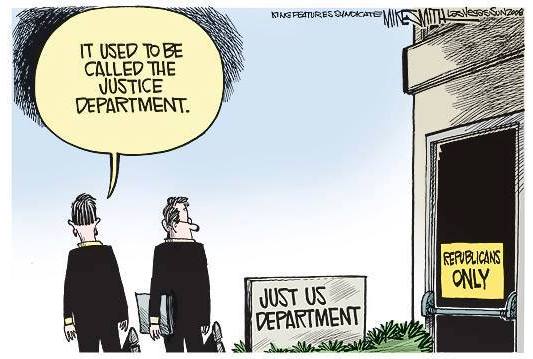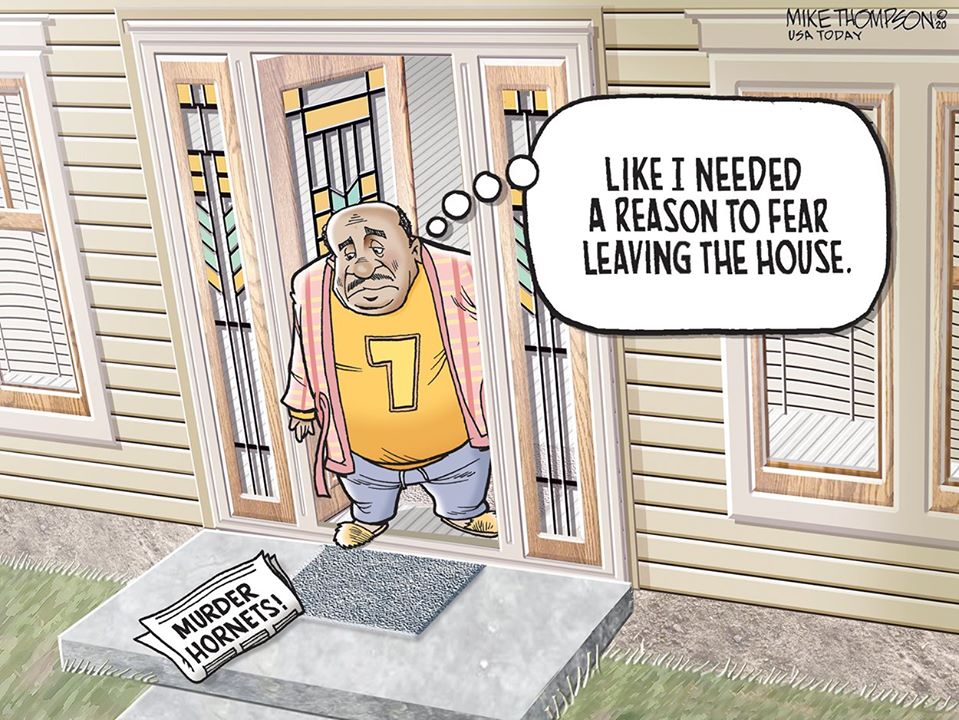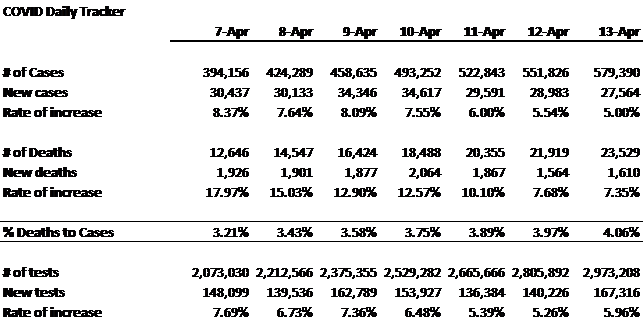The Daily Escape:

Sand Harbor State Park, Lake Tahoe, CA – 2020 photo by debarnec
Happy belated tax day! Two disturbing articles about both the accuracy and reliability of COVID-19 data were in the NYT yesterday.
First, the collection and reporting of data is increasingly reliant on outdated technology to deliver test results:
“Health departments track the virus’s spread with a distinctly American patchwork: a reporting system in which some test results arrive via smooth data feeds but others come by phone, email, physical mail or fax, a technology retained because it complies with digital privacy standards for health information.”
The problems are compounded by human error:
“These reports often come in duplicate, go to the wrong health department, or are missing crucial information such as a patient’s phone number or address.”
Before the pandemic, nearly 90% of laboratory test results for diseases tracked by public health departments were transmitted digitally. But the need for substantially greater Coronavirus testing has brought many more players into the public health arena, including companies that usually run employment screening tests, and small clinics that usually test for diseases like the flu and strep throat.
This has increased the share of lab tests coming to public health departments via fax and phone.
The result is unreliable information. The Times quotes Janet Hamilton, executive director of the Council of State and Territorial Epidemiologists: (emphasis by Wrongo)
“Nationally, about 80% percent of coronavirus test results are missing demographic information, and half do not have addresses…”
Hard to trace an infected person without an address. America’s health system is a jumble of old and new technology that make it difficult to track what’s really going on with the COVID pandemic.
Also, the Trump administration’s guidelines on demographic data haven’t taken effect yet. In June, they required laboratories to report a patients’ age, race and ethnicity, so public health officials could better understand the demographics of the Coronavirus pandemic. But, those rules won’t take effect until August, and they only state that laboratories “should” provide patients’ addresses and phone numbers. They do not mandate it.
Dr. Frieden, former CDC director says:
“You’ve got hundreds of laboratories and thousands of tests. Nothing is interoperable because they haven’t been mandated to do that.”
Other countries have a unique number identifier for each patient, something that Congress refuses to provide in the US. Instead, data often come to public health authorities using only the information that laboratories need to track the record, not the details that public health officials need to help manage the disease.
Anyone who has healthcare knows that patients routinely fill out the same information on multiple forms in multiple offices. The need for doctors and testing services to use fax machines betrays the fundamental lack of modern technology in some health care settings.
And remember, it’s not for lack of money: There’s plenty of money in the US health care system.
The second item regarding COVID data is more troubling. The NYT reports that: (emphasis by Wrongo)
“The Trump administration has ordered hospitals to bypass the Centers for Disease Control and Prevention and, beginning on Wednesday, send all coronavirus patient information to a central database in Washington — a move that has alarmed public health experts who fear the data will be distorted for political gain.”
From now on, HHS, and not the CDC, will collect daily reports about the patients that each hospital is treating, how many beds and ventilators are available, and other information vital to tracking the pandemic.
This is seen as an inherently political move by outside public health experts. The NYT quotes Nicole Lurie, who served as assistant secretary for preparedness and response under former President Obama:
“Centralizing control of all data under the umbrella of an inherently political apparatus is dangerous and breeds distrust….It appears to cut off the ability of agencies like C.D.C. to do its basic job.”
This is more disturbing than finding out that the data are terrible. Alex Azar, who runs HHS, is a Trump crony and has clearly used his position to be helpful to Trump’s re-election campaign.
If there ever was any hope for a dispassionate, reasoned, and scientific FEDERAL response from Trump, it is certain that these two problems, one with the quality of the data, and the second with how it will be spun as it is reported, show we’re doomed.
How many health care workers will have to die? How many people living in states run by Trump’s personal bootlickers will get the treatment that they need?


